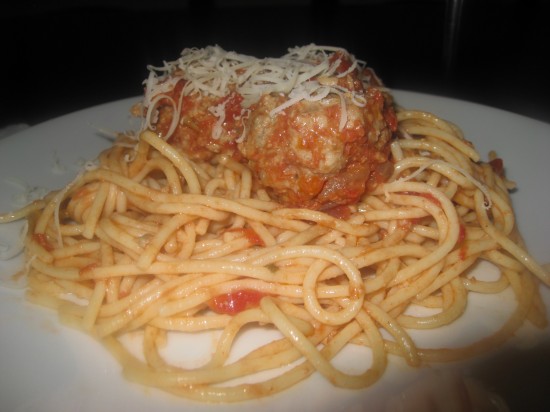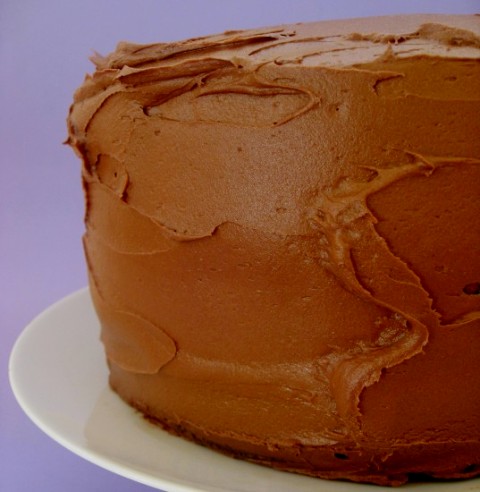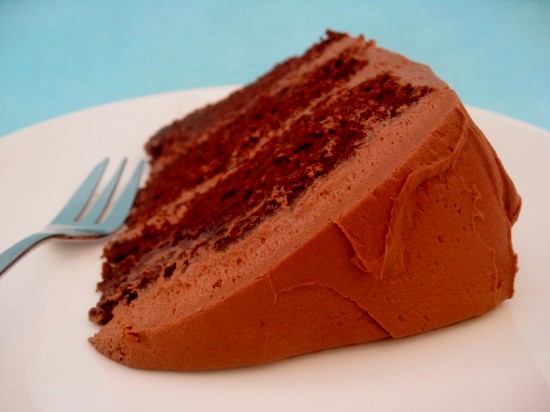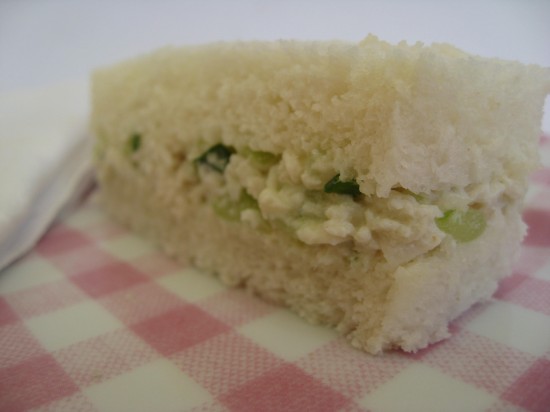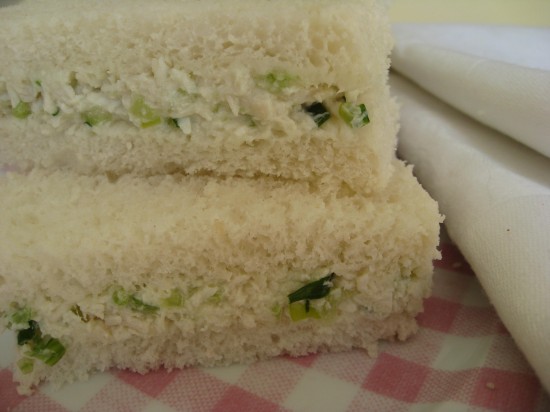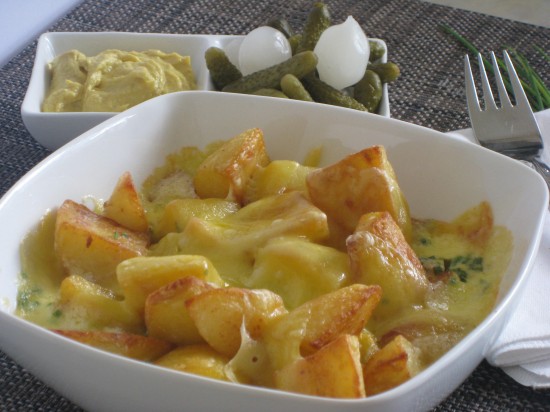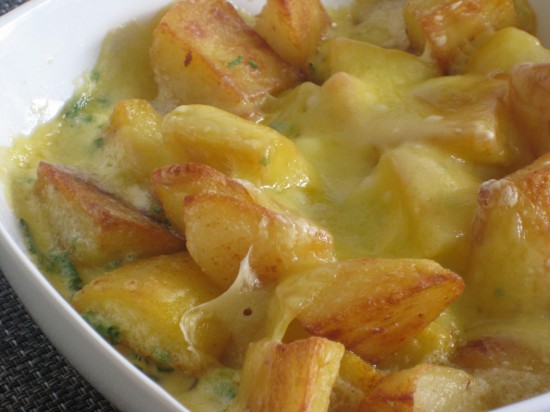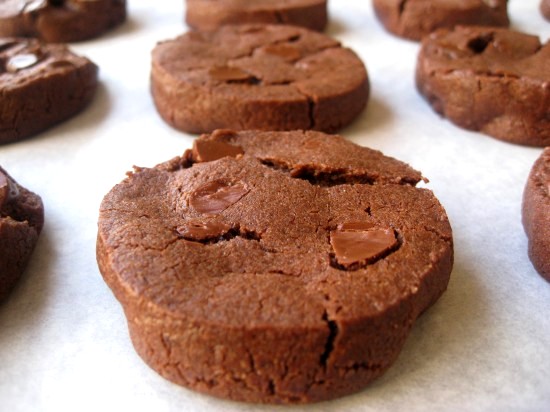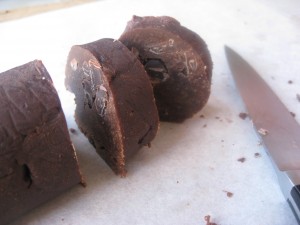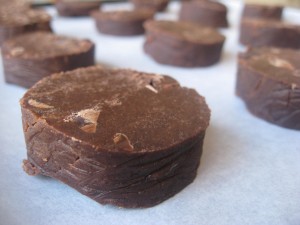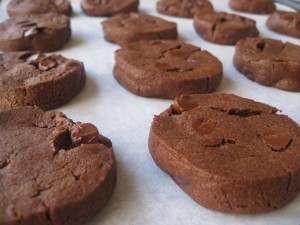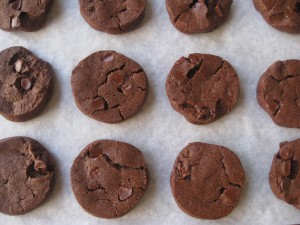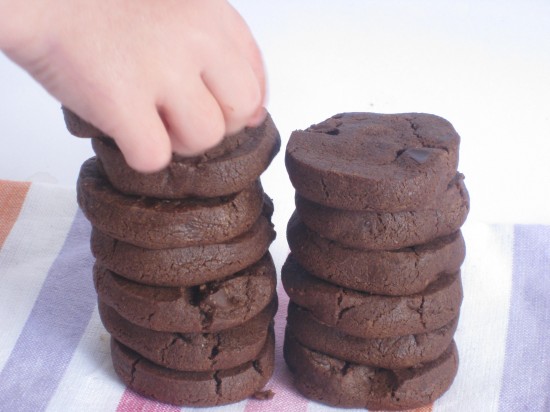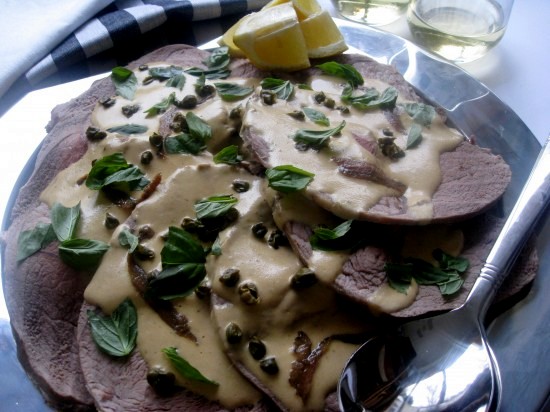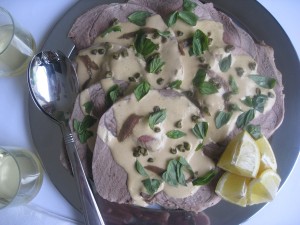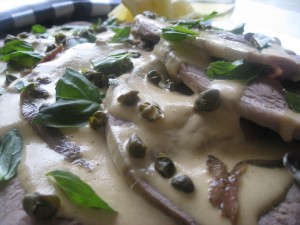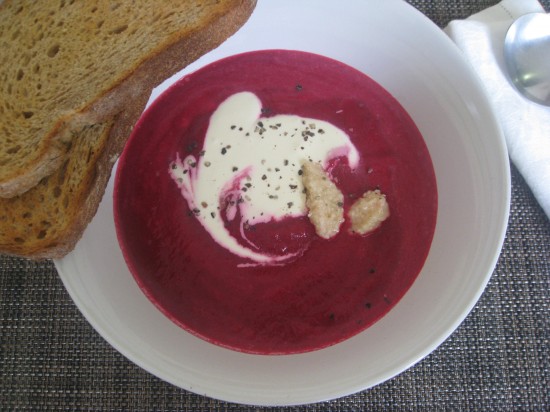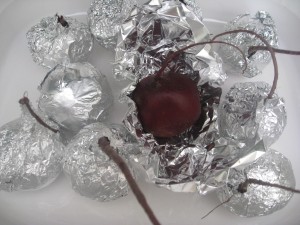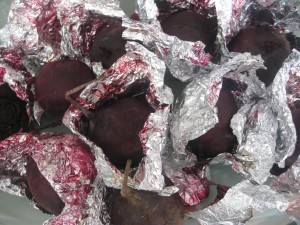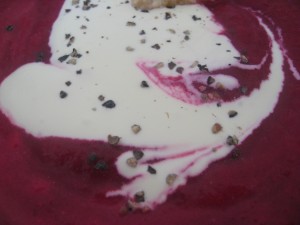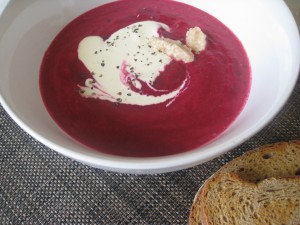‘on top of spaghetti, all covered in cheese,
I lost my poor meatball when somebody sneezed
It rolled off the table and onto the floor
Before I could catch it – it rolled out the door’
now that would be a tragedy…
I love Spaghetti and Meatballs and I am surprised it has actually taken me this long to make them. Lucky for me I found a fantastic recipe for my meatball debut, I got it from an old American Gourmet magazine. It makes a lot of meatballs and if necessary you can always freeze those left over from your feast for a later date.
The mixture of meats give a lovely flavour to this dish and these flavours are intensified with the inclusion of fresh herbs, parmesan and lemon zest.
So call up your friends and organize that Sunday lunch – these meatballs and your lunching companions will make for a memorable and feel-good afternoon.
Tomato Sauce
4 (28oz) cans of diced tomatoes
1 large onion
¼ cup of extra virgin olive oil
4 cloves of garlic, finely chopped
Meatballs
1 large onion
¼ cup olive oil
7 garlic cloves, finely chopped
2 cups of day old Italian bread, torn
2 cups of full cream milk
4 large eggs
1 1/3 cups of grated parmesan
1/3 cup finely chopped flat leaf parsley
¼ cup finely chopped oregano or 1 teaspoon of dried oregano
1 tablespoon of grated lemon zest
455 grams/ 1 pound of ground veal
455 grams/ 1 pound of ground pork
455 grams/ 1 pound of ground beef (not lean)
2/3 cup of vegetable oil
Pasta
1 kilo of dried spaghetti
Sauce
Empty the tomatoes and their juices into a large bowl and crush further with your hands. In a large (really big) heavy based pot, cook the onions in the oil over a medium heat until softened – about 10 minutes. Add the garlic and cook for another 2 minutes – stirring occasionally. Stir in the tomatoes with 4 teaspoons of salt and a teaspoon of pepper. Simmer this uncovered for 45 minutes, stirring occasionally and set aside.
Meatballs
Cook the onions in the olive oil for approximately 10 minutes, add the garlic and cook for a further 2 minutes. Allow to cool.
Soak the bread in the milk until soft – about 5 minutes. Firmly squeeze the bread to remove the excess milk and discard the milk.
Stir together the cooled onions mixture, bread, eggs, parmesan, parsley, oregano, lemon zest, 3 teaspoons of salt and ½ teaspoon of pepper. With your hands, mix the 3 meats well and add to the bread mixture gently mixing with your hands until just combined – do not over mix.
Form meat mixture into about 1.5 inch balls with dampened hands, arrange on baking sheets or parchment paper.
Heat vegetable oil in a heavy frying pan/skillet and add meatballs. Brown in a couple of batches, turning frequently – cooking for about 5 minutes per batch. Return these semi cooked meatballs to the baking sheets.
Add all the meatballs to the tomato sauce and gently simmer, covered and stirring occasionally until cooked through – about 25 minutes. If you do not have a big enough pot – decide the meatballs and sauce between 2 pots. It may appear that you do not have enough sauce to cover them but you will – too much sauce can cause them to break up.
Preparation
Cook spaghetti in boiling salted water until al dente. Toss with some of the tomato sauce in a large serving dish. Serve with the meatballs, remaining sauce and grated parmesan.
Notes: The meatballs can be made and simmered in sauce 5 days ahead and chilled (covered once cool). Meatballs and the sauce can be frozen in an airtight container or heavy duty sealed bags for up to 3 months.
Source: Gourmet, January 2009

